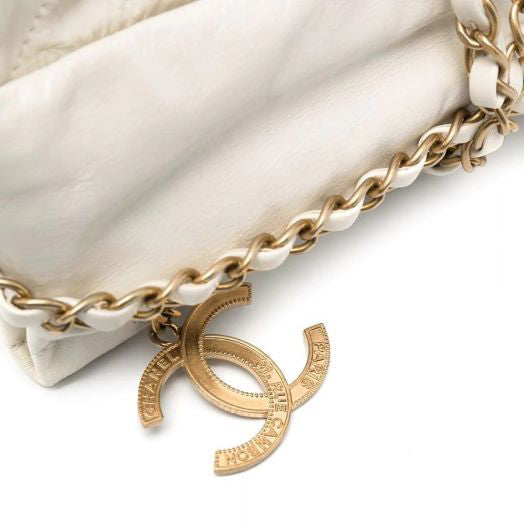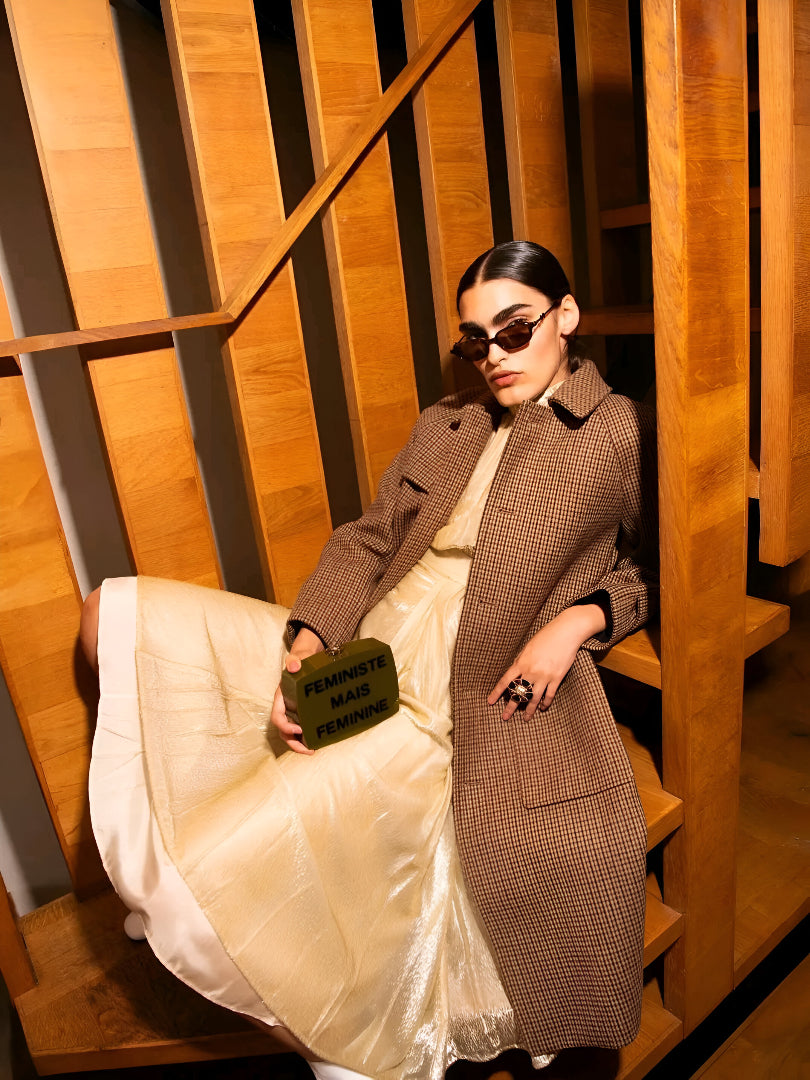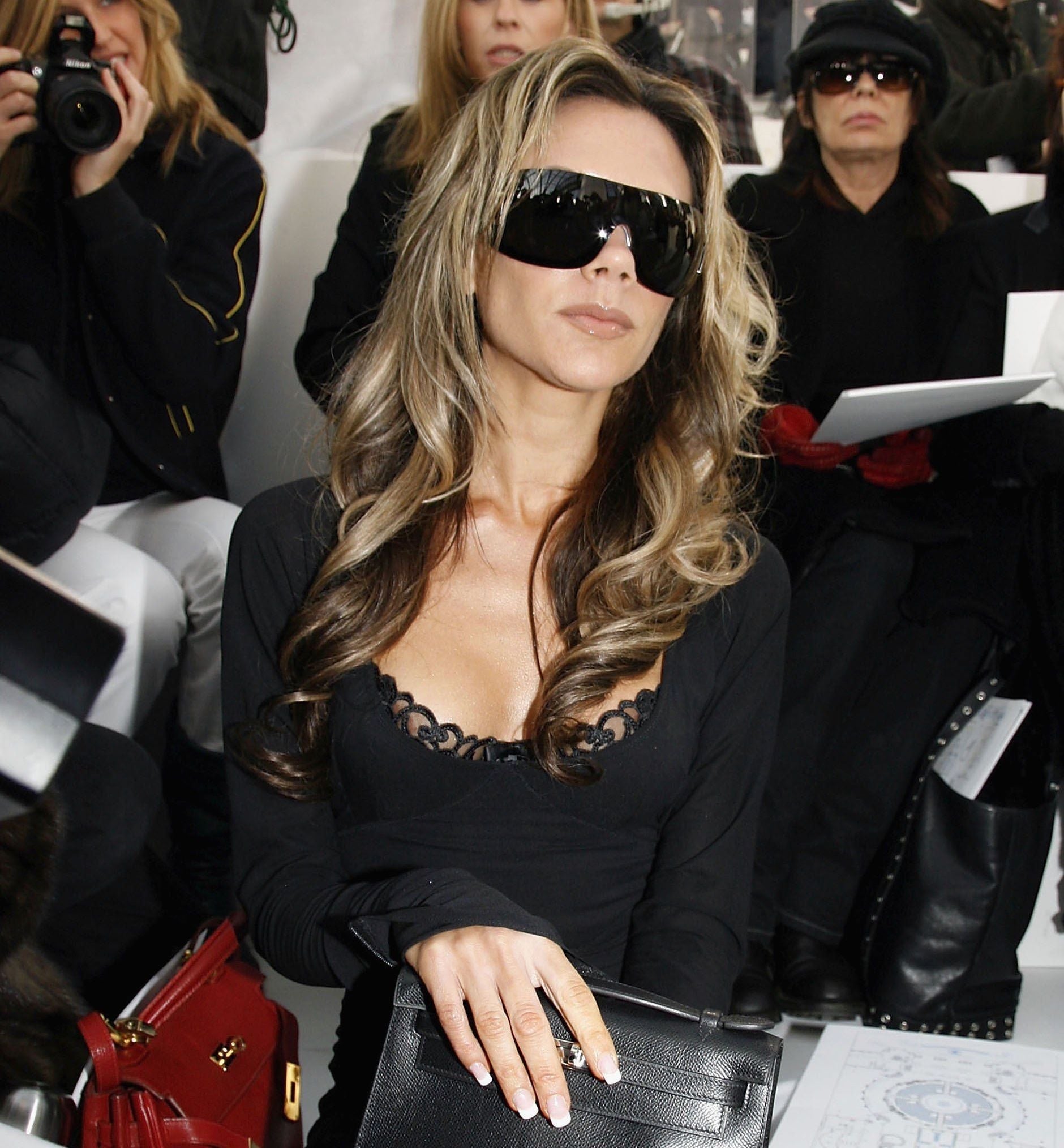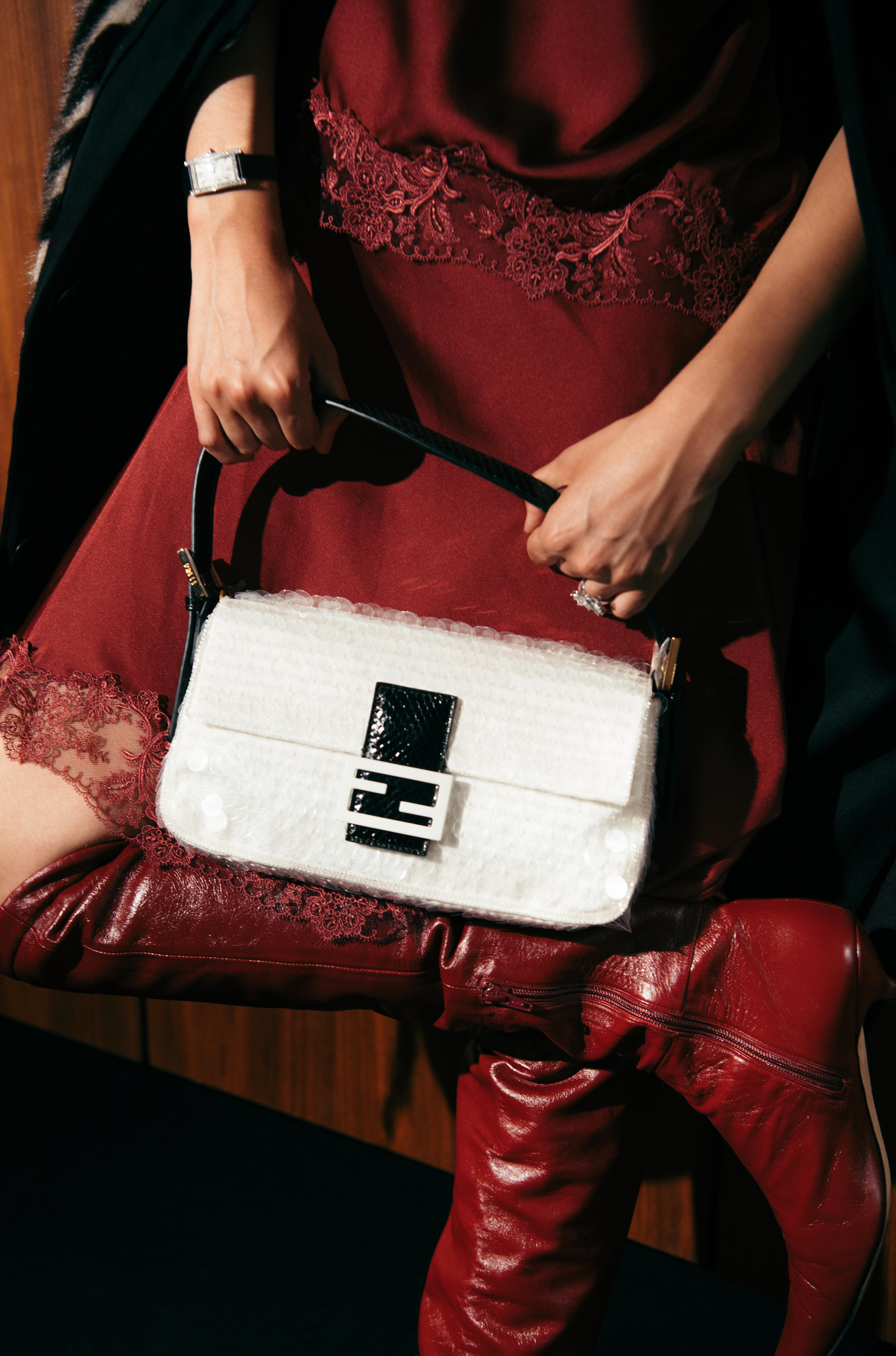OUR GUIDE TO CHOOSING CHANEL LEATHERS
With Chanel, there’s a lot to consider, but one thing that’s rarely at the forefront of your mind is the choice in fabric, yet it’s quite an important one.
The material of your handbag affects not only the way that it looks and feels, but also how much care it will need, and ultimately, how well it wears. And don’t forget that it also influences how much it may be worth in the future. With that in mind and before you check out the contents of your basket, here are a few things that you might want to consider.
Lambskin
When you think of a Chanel handbag, luscious, supple and pillowy, even without realising, you’re probably picturing a Chanel lambskin. It is easily one of the most delicate fabrics that Chanel uses, concealing its durability and resilience. But it is hardly treated during production to ensure it preserves its natural suppleness and silky texture, so you do have to take care. For that reason, most experts, us included, wouldn’t recommend it as a beginner’s foray into Chanel, but if you have your heart set, we won’t stop you! However, do be cautious. You’ll need to treat it carefully, wiping it down with a dry cloth regularly and with circular motions, avoiding exposure to harsh elements, oils and chemicals.
Calfskin
The Chanel Calfskin is a little more resilient than Lambskin, yet more supple than a Caviar calfskin. It’s treated in various ways for differing aesthetics, making it that much harder to choose from. Aged calfskin appears creased yet fresher than crumpled which is more textured and closer to a Caviar Calfskin in both look and feel. Chanel Calfskin also comes cracked, metallic and glazed. If that didn’t make it hard enough, each type of Calfskin differs in appearance depending on the style of the bag.
Patent Leather
Typically more affordable than other leathers, patent leather offers a high gloss finish that catches the eye from afar. It’s often made from high-quality cattle hide and is typically on the more affordable end of the scale. Despite this high gloss finish, it isn't stain-resistant and does require a bit of TLC to keep it in good, gleaming condition because obviously, you want it to be seen.
Goatskin
Out of Chanel’s repertoire of leather fabrics, Goatskin is possibly the most durable and will undoubtedly stand the test of time. Do not, however, be fooled by its pitted, textured appearance as a Goatskin Chanel is soft and lithe and to the untrained eye, looks comparable to a treated calfskin.
Caviar
Iridescent shine with a pebbled texture, the Caviar Chanel is a classic. Not a type of leather per se, much like patent, it is in fact a leather treatment process to achieve a specific look. Historically, but not exclusively, made from calfskin, Caviar can be either matte or suede. The grainy look and feel vary significantly by season and year, so be sure to shop around to find the perfect look. Caviar bags hold their value well because they’re nearly scuff-proof and thus their shape remains mostly like new. It, therefore, remains a go-to choice for first-time buyers looking for an almost ‘care-free’ option.
Galuchat
Named after French leather artisan Jean-Claude Galuchat, this is a bag from the watery depths. A very rare piece. Galuchat (Shagreen), with its decadent blistered surface, is a rough and untanned skin derived from sharks and rays. Durable, resilient and seemingly supple, Galuchat comes in varying colours, patterns and finishes. They might be hard to find, but they do exist.
Other Exotics
Other exotic skins like Alligator and Crocodile are no longer made by the fashion house. Still, they do remain in vintage and pre-owned circulation, making it a more sustainable way to invest in Exotic Chanel.



